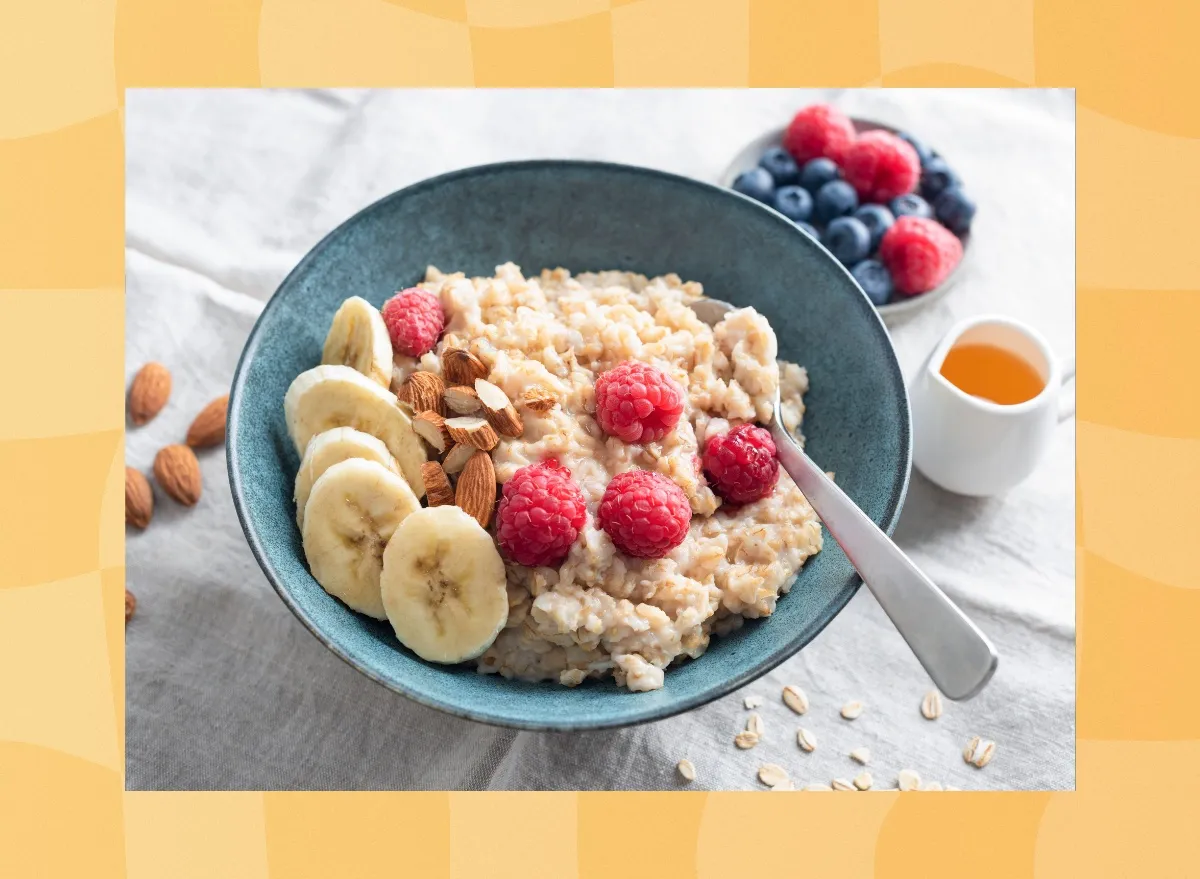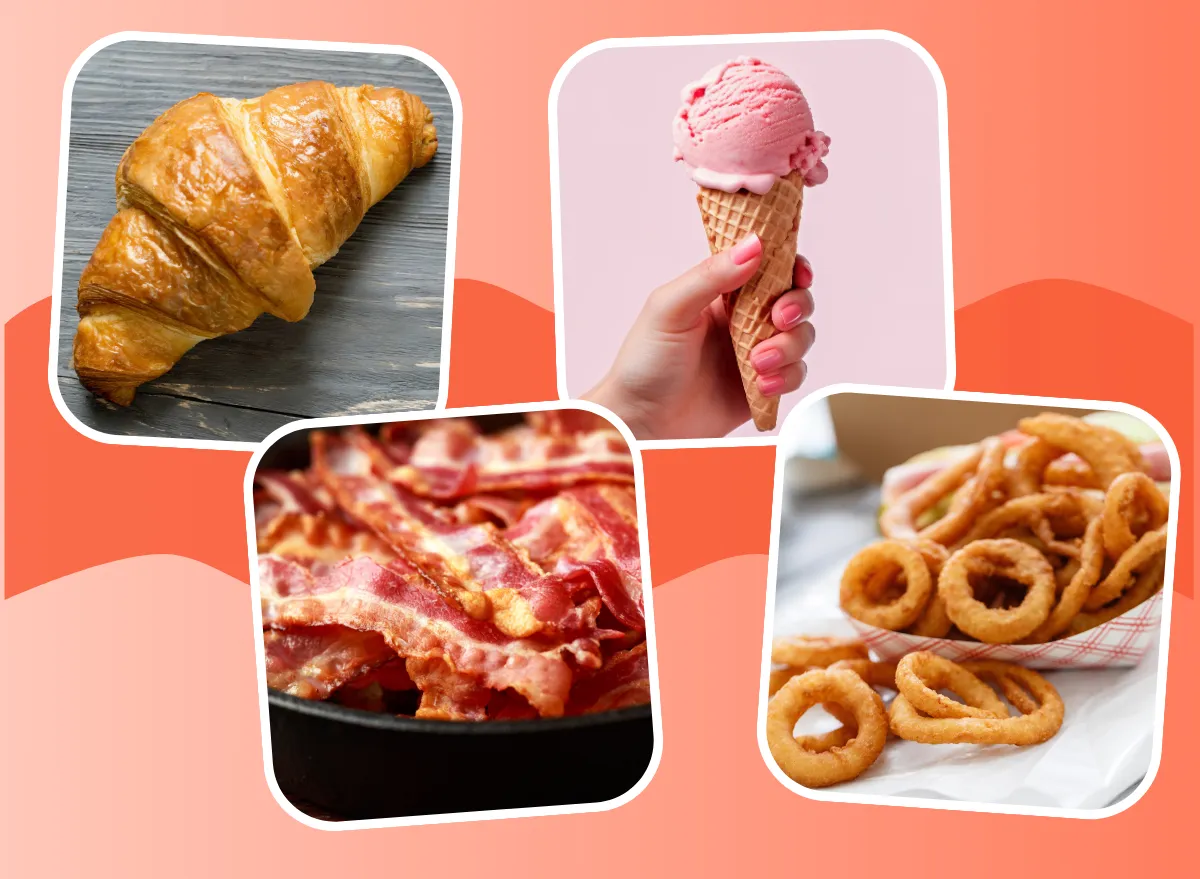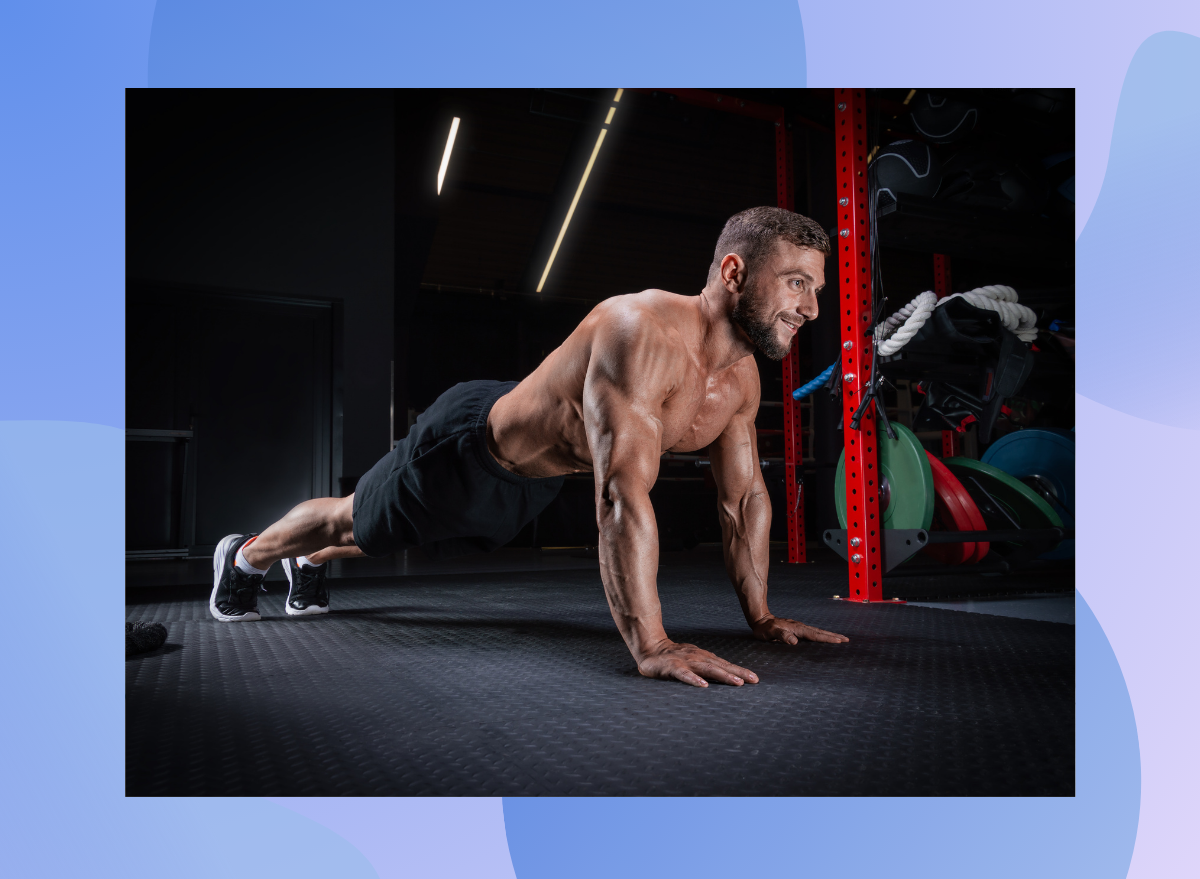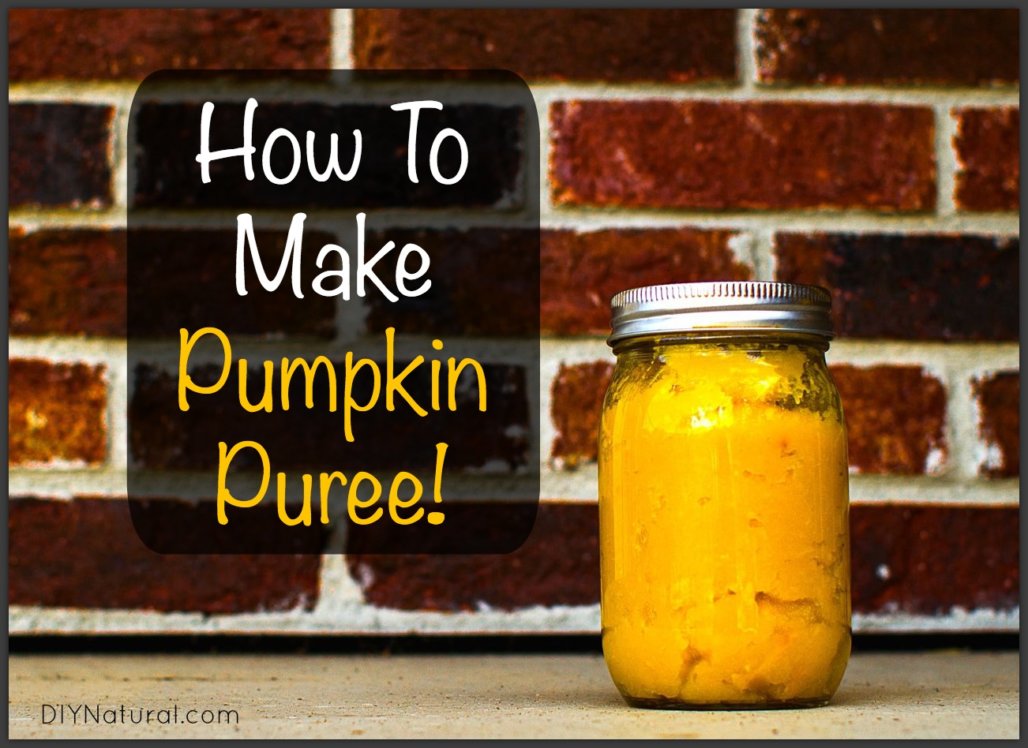

Learn how to make pumpkin puree for use in pumpkin pie this year! It’s simple, delicious, and you can even freeze it for use all year long.
Nothing says autumn like a big pile of orange pumpkins!
This is the time of year when those beautiful gourds are ubiquitous: they’re on front porches, in giant crates at the grocery store, and brightly adorning roadside farm stands. Everything is pumpkin flavored too, but I have to admit that I find that rather less refreshing. Pumpkin-flavored stuff usually doesn’t have an ounce of pumpkin in it – it’s all about the spice blend used. It’s all good and well if you love the taste of nutmeg and cloves, but real pumpkin deserves some attention too.
While carrots usually get all the credit for providing beta carotene, pumpkins are also high in this nutrient. Beta carotene is important because your body converts it to Vitamin A. Vitamin A is important for eyesight, your immune system, and healthy skin. Plus, pumpkins are full of fiber. It can be hard to find foods that taste good, are low-calorie, and have fiber, too. Pumpkin fits all three of those requirements! Pumpkin seeds are also incredibly healthy; they contain zinc, fiber, magnesium, protein, and more. When you stop to think about all of the nutrition you can find in a simple pumpkin, you’re going to wonder why you’ve been using this superfood solely as a porch decoration for so long.
While there are several ways to eat pumpkins, I find the simplest way to start is to turn them into a puree. It’s a simple process, and at the end of it, you’ll have plenty of pumpkin puree to store in your freezer for the coming months.
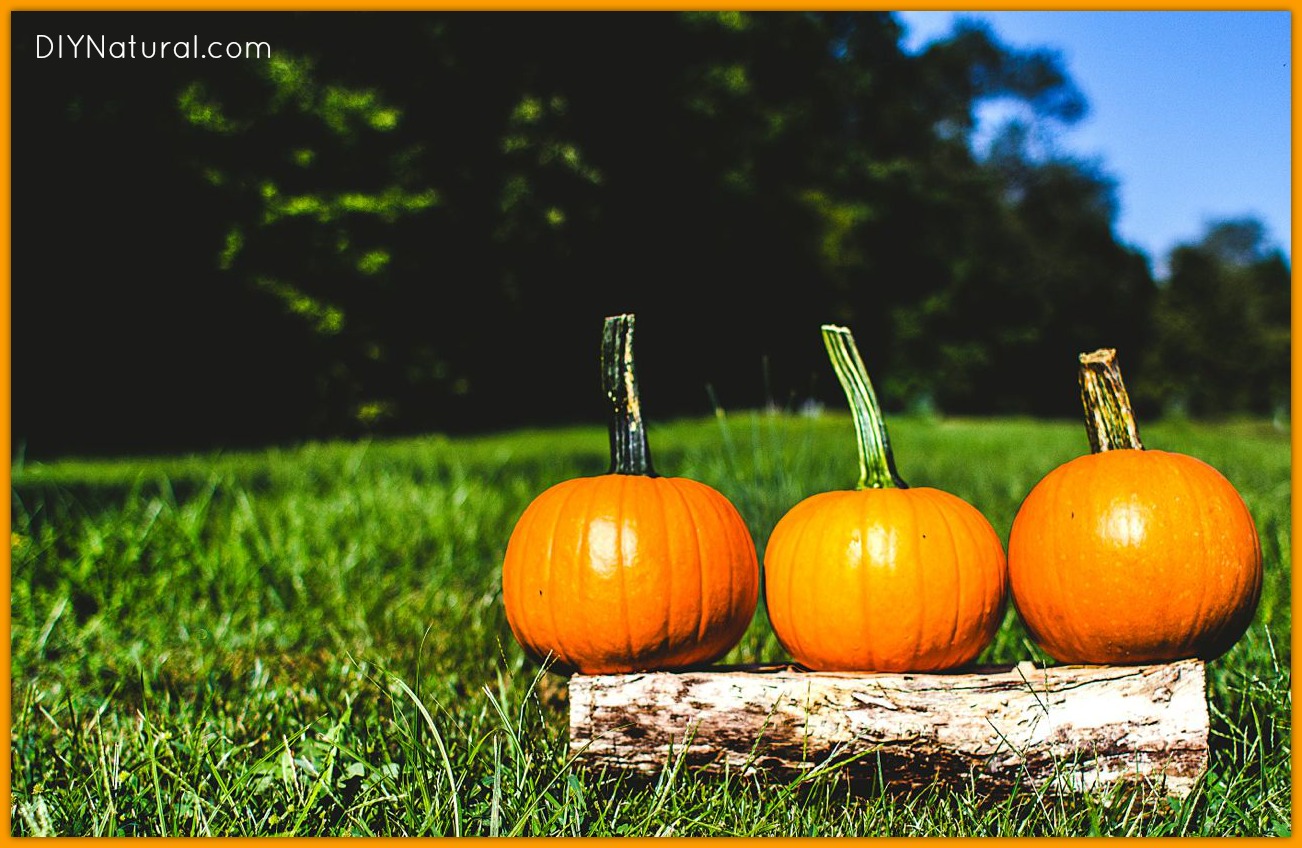
How to Choose Pumpkins
Did you know that there are dozens of varieties of pumpkins? It can be overwhelming to choose the best type to preserve. Technically, you can use any variety of pumpkins that you like, but some are certainly better than others. Smaller pumpkins tend to be sweeter, and therefore make tastier purees. These are often referred to as pie pumpkins.
If you’re going to grow your own pie pumpkins, look for varieties like New England Pie, Sugar, or Baby Pam. Growing your own pumpkins is fun and rewarding, but if you don’t have garden space or your crop doesn’t turn out, you’ll have to look elsewhere. This year we bought ours at our local farmer’s market. Pumpkins are not always labeled by variety, so we just looked for the healthiest small pumpkins we could find. Pie pumpkins are smaller, rounder, and have longer stems than jack-o-lantern pumpkins.
So you know how many to buy, keep in mind that I used five pumpkins and ended up with a gallon (16 cups) of pumpkin puree. It’s probably a good idea to start out with two pumpkins if this is your first time.
How To Make Pumpkin Puree and Freeze It
Once you have picked or purchased your pie pumpkins, you’re ready to turn them into a puree!
READ RELATED: Covid update: Delta variant increases risk of hospitalisation by 50 percent says new study
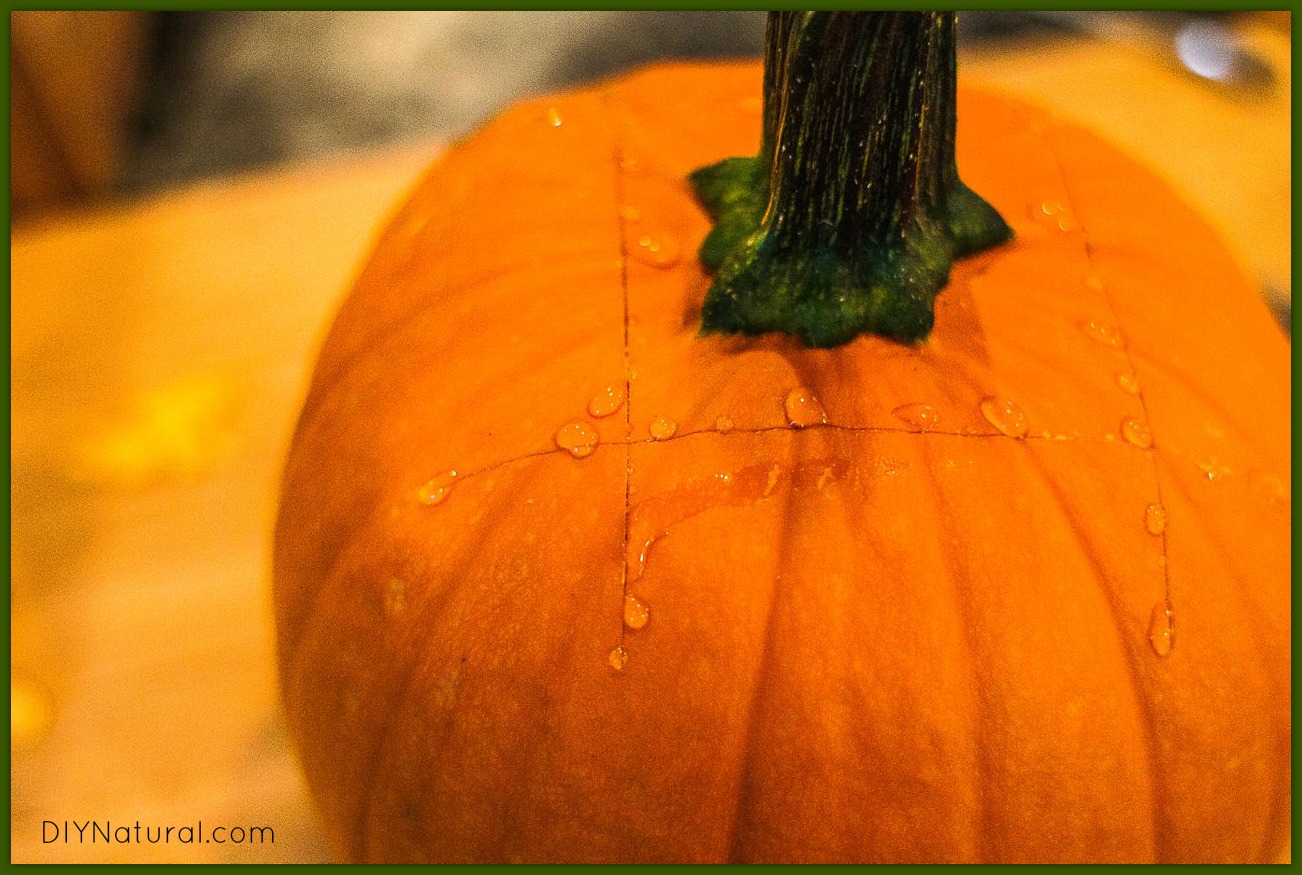
Step 1:
After you wash the pumpkins, cut them into rough quarters. My favorite method is to cut down, from top to bottom, leaving a square around the stem. The pieces aren’t quite even, but it’s easy to cut that way, and most of the waste is in the middle. That’s less scooping for you!
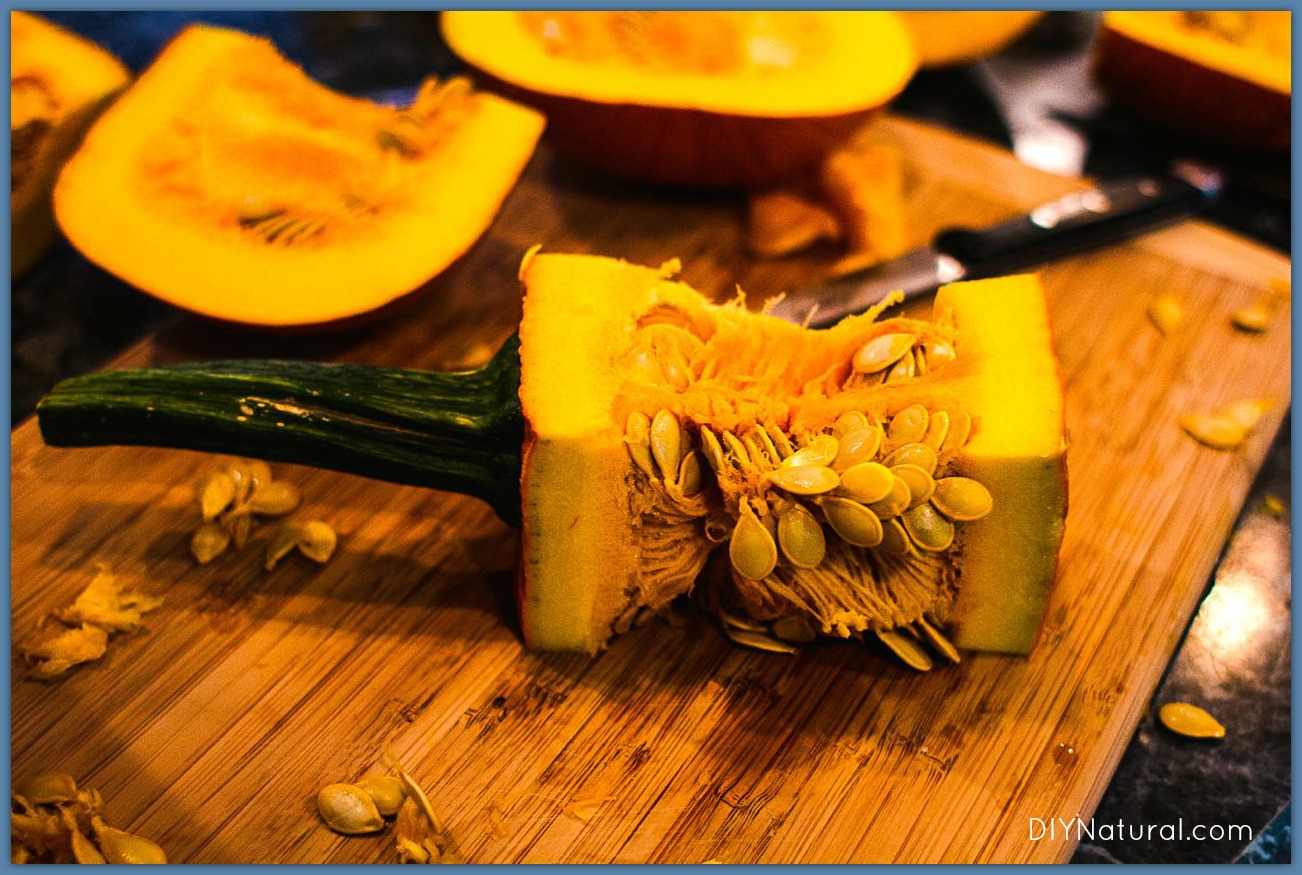
For the remaining pieces, scoop the insides out and set them aside. You can also take this time to separate the seeds out from the rest of the pulp (your hands are already slimy and sticky, so it’s a good time to do it), or you can wait and do that at the end of your project. (Once you’re finished, make sure to wash, season, and bake your seeds. They make a great snack!)
Be prepared: this is a fairly time-consuming, messy process. Make sure you rinse your hands frequently because slippery hands and big knives do not make for a happy combination.
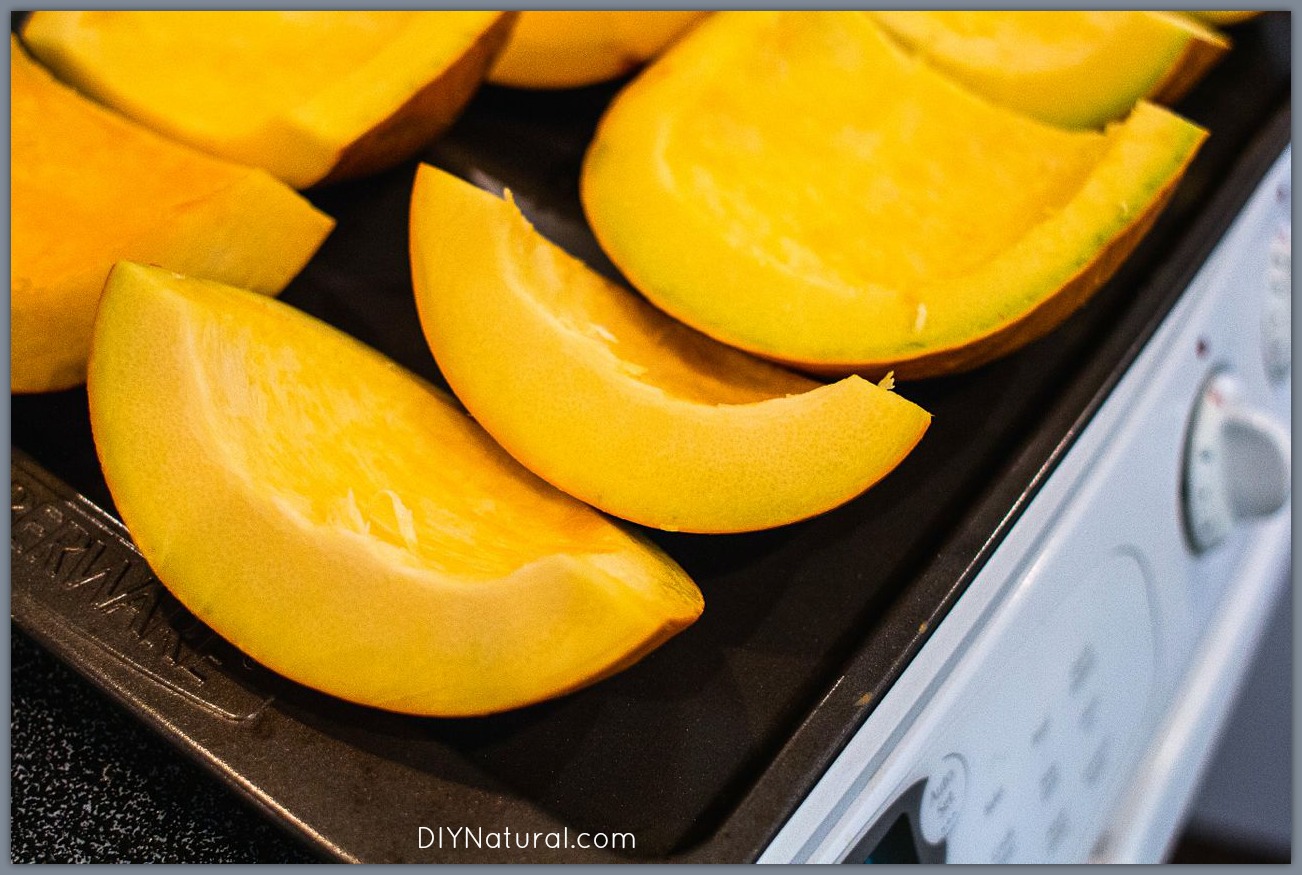
Step 2:
Once you’re done cleaning and quartering your pumpkins, it’s time to put them on cookie sheets. They will drip as they cook, so this protects the bottom of your oven. Put them in the oven and cook them at 350° for 45 minutes or so. You can use the old stick-a-fork-in-it method to determine doneness.
Step 3:
Once your pumpkins finish baking, separate the flesh from the peel. Put the flesh into a food processor or blender and process until smooth. Depending on how many pumpkins you are pureeing, this may take several batches.
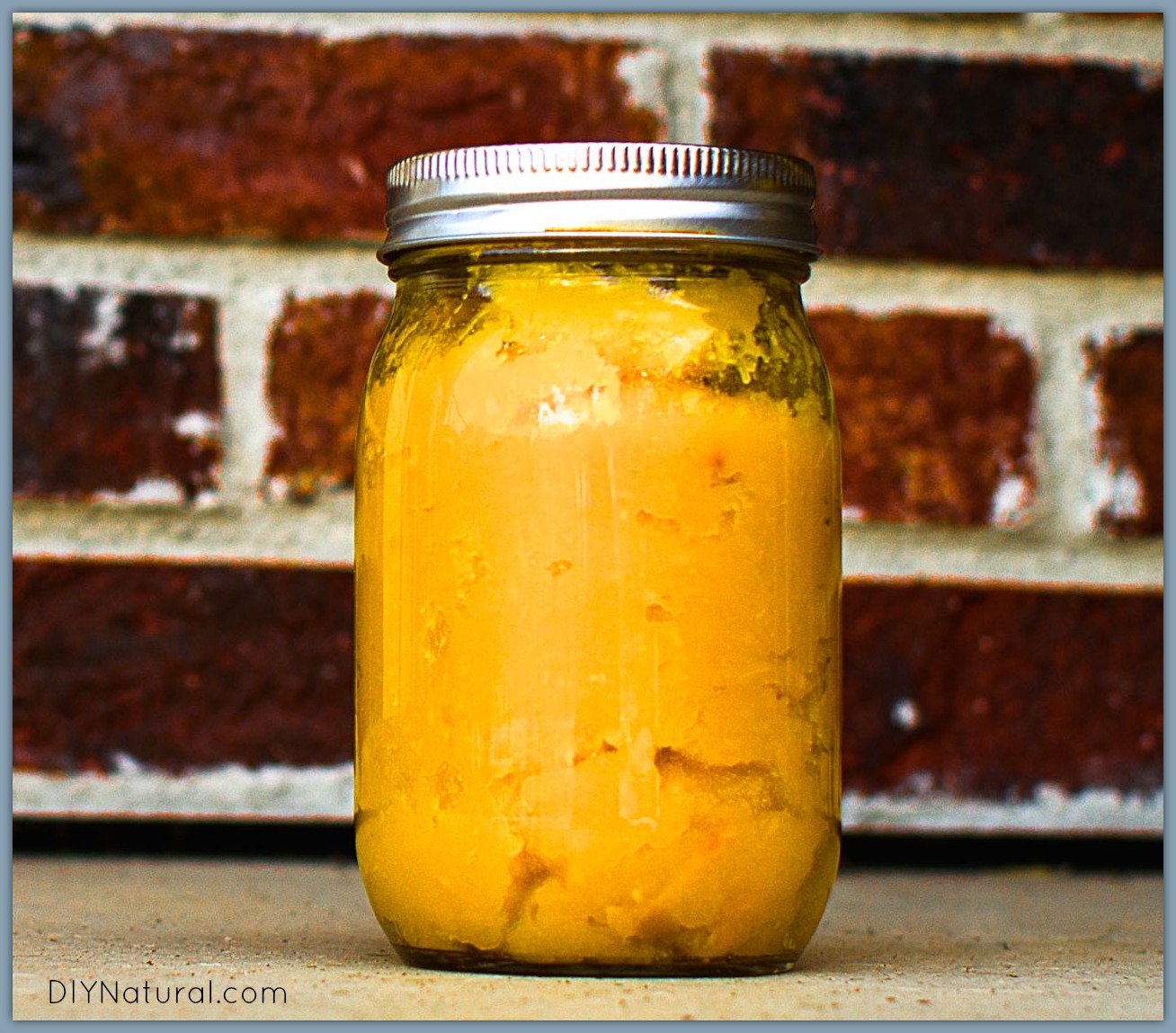
Step 4:
Prepare for freezing. You can use plastic freezer bags, but the safest method would be to use glass jars or other glass freezer containers. Decide ahead of time how much you will place in each container. I recommend one cup per container, but you should use whatever safely fits in your container and/or what you foresee to be the amount you will most frequently need.
A note when freezing in glass jars: Use canning jars, not recycled glass jars. Canning jars are thicker and less likely to break when food expands as it freezes. To further prevent breakage, leave headroom in your jars so that your food has room to expand upward.
Why You Can’t Can Pumpkin Puree
I have a feeling, one of the first questions you’ll ask is, “Can we can this pumpkin puree?” I wish it were a possibility to do so, but the USDA recommends against it and has since 1989. The two main reasons are the thick consistency of pureed pumpkin and the low acidity of the fruit. Combining those two things mean it’s impossible to guarantee that you can kill all of the botulism spores when processing. So, for better or worse, it is best to freeze pumpkin purees.
How Should I use Pumpkin Puree?
If you’ve never made pumpkin puree before, you might not have thought about all the ways you can use it. Here are a few ideas:
What’s your favorite way to use pumpkin puree?
*******
Source: DIY Natural – Food



